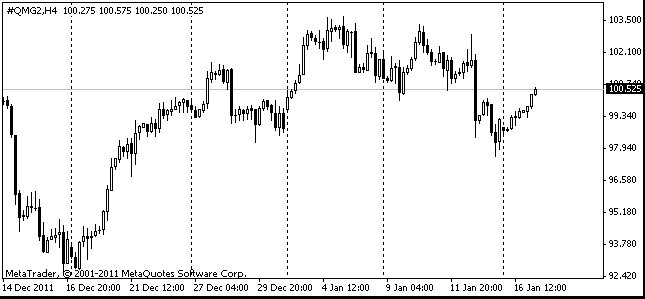EUR/usd
After the launch of QE3 was announced, the single currency has grown from 1.29 to 1.3170. However, since the beginning of the week the pair has lost already 2/3 of these gains. Once again the markets realize that there's no such thing as a free lunch, even Dove Ben sees that. As we already mentioned at the end of summer, the markets have climbed too high and want a retracement. One of the reasons why the markets feel agitated is increased US oil inventories. Earlier this index gave good timely signals to the market (weekly releases), but now its trustworthiness looks doubtful. The thing is that lately the USA has faced significant changes in oil deliveries plus the oil production on the shelf has become really sizeable now. On the other hand, the US housing statistics, released yesterday, shows that the recovery process in the country is running its normal course. This August the number of housing starts was by 1/3 larger than a year before. Besides, the number of building permits has also increased by a fourth. Existing home sales have grown by more than 10% over the last two months, yet the average selling price has now approached 190K, though at the peak of the decline it was below 160K. Moreover, the decrease in the number of unsold houses will contribute to the further growth of the price. Don't let the ongoing market retracement fool you. The economy isn't very healthy yet, but it's getting better and it should be mentioned here that the purchases of mortgage-backed securities by the Fed are sure to enhance activity in the housing sector. In 2008 the rally on the decisive measures of the Fed lasted for a few days and then was followed by a retracement towards almost the initial levels. The similar decline to the initial levels was also observed after Bernanke's speech in 2010 and before the following rally above 1.40. Except for the rally on the expectations and the first actions of speculators, there should also be a real rally against the dollar, resulting from the shift of the market forces due to the launched asset printing press.

GBP/USD
The market disposition towards the dollar, in spite of QE, hasn't left the British pound unaffected. The sterling-bulls managed to hold the level of 1.62 yesterday, but today they hasn't had enough strength as Forex has plunged into a deeper retracement. Those, who take into account Fibonacci levels, may expect the further decline from the current 1.6170 to 1.6060 or even to a more round level of 1.60. In the euro/pound we see a tug war around 0.8020.

USD/JPY
As we expected, the measures taken by the BOJ have been treated as insufficient by the markets. USD/JPY still looks unsteady above 79.0. The growing corrective action in the markets has caused a decline in the pair, despite the general disposition to buy the dollar. The yen still prefers to stay within the corridor (there is active trading below 78.0), though the bounds of this corridor have somewhat widened in September due to the inflow of liquidity in the markets.

Oil
Saudi Arabia is again a bear in the oil market. Yesterday the markets heard two opposite statements. First, they got statistics which showed that this country's exports had decreased by 7% in July to 7.29bln barrels a day with oil production remaining around its 30-year highs (9.8bln bpd). But even this couldn't exceed the scale of oil production in Russia, which amounts to 9.92 according to JODI's review and to 10.32 according to the official statistics of the Russian Ministry of Energy (over a long time it's been asserted that the peak level of production was already passed). Thus, what we get as a result is an excess supply from Euroasia and America coupled with the demand stagnation in these very regions.
